1. Horse Meat
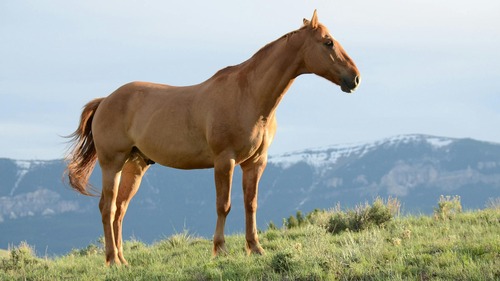
When game was scarce and livestock needed to be protected, horse meat became a practical (though controversial) option for many families in the Old West. In dire times, horse meat provided a rich source of protein, and its versatility in cooking meant it could be stewed, roasted, or dried into jerky. While it wasn’t a favorite food for many, it was a crucial protein source for those facing famine. Some people even turned to horse milk for nourishment, using it in recipes like butter and cheese when cows were in short supply.
2. Dandelions

Dandelions weren’t just for blowing on in the breeze—they were a survival food for many families in the Old West. These hardy plants were everywhere, so they were easy to find and packed with nutrients. People ate the leaves in salads or boiled them to make a bitter but filling vegetable dish. The roots were often dried and roasted to make a coffee substitute, giving weary travelers a much-needed boost. Even the flowers could be turned into wine, proving just how resourceful settlers had to be when it came to foraging.
3. Cactus
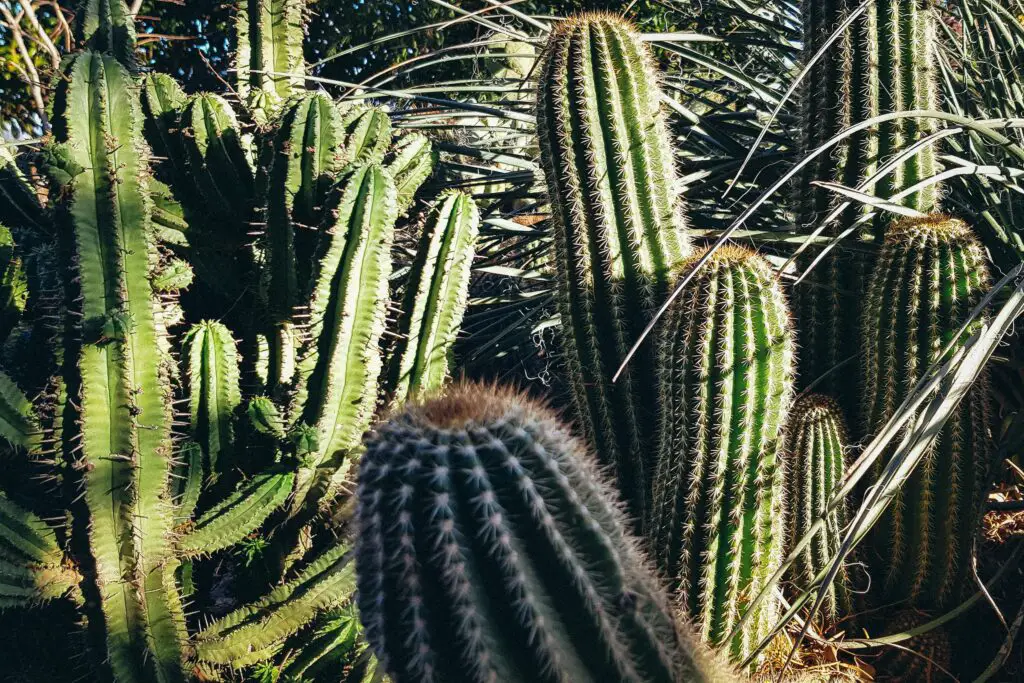
Cactus, particularly the prickly pear, was another go-to food for families living in the arid regions of the West. The fleshy pads, known as nopales, were cooked and eaten like a vegetable, while the sweet fruit, or tunas, were eaten raw or used to make preserves and jams. The cactus’ high water content made it invaluable for hydration in the scorching desert heat, and it provided essential vitamins, especially during long stretches without fresh produce. Cactus also served as a vital ingredient in soups and stews, ensuring that families had something filling to eat when resources were scarce.
4. Beaver Tail
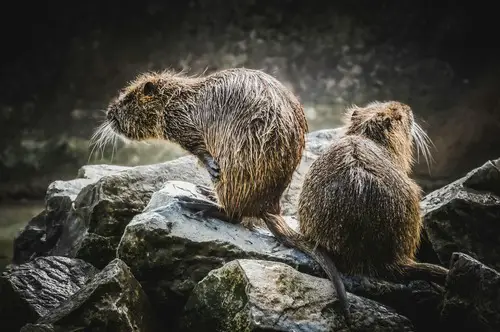
Beavers were more than just fur-bearing creatures—they were a lifesaver for settlers who learned how to use every part of the animal. The tail, which is fatty and rich in calories, was a prime source of nutrition during the winter months. It was roasted over an open fire, and though it might not sound appetizing to modern ears, it was an excellent way to stay full and energized. The protein and fat content made it ideal for surviving harsh weather conditions, and beaver tail was often considered a delicacy by those who knew how to cook it properly.
5. Acorns

Acorns were the humble survival food that kept many families from going hungry. These small, nutty treasures were gathered in the fall and then ground into a flour-like consistency. While acorns are bitter when eaten raw, families would leach out the tannins by soaking and rinsing them multiple times, making them safe to eat. The ground acorns could then be used in bread, porridge, or even pancakes. Acorns were especially useful during times when other crops had failed or when hunting was poor.
6. Ground Squirrels

Though they might not seem like a prime source of food, ground squirrels were often hunted for their meat, especially during lean times. These small creatures were packed with protein and could be roasted, stewed, or dried into jerky. Their meat was tough but nourishing, making it an essential addition to many Old West diets. Since squirrels were plentiful in many parts of the West, they were an easy and reliable source of food when larger game was harder to find.
7. Cornbread

Cornbread was a staple for many settlers because corn was cheap, plentiful, and could be stored for long periods. Families relied on cornbread as a filling and easy-to-make meal that could be eaten with almost anything, from beans to meat. In some cases, cornbread was even crumbled into stews to thicken the broth. The versatility of cornbread meant it could be eaten at every meal, and variations with added ingredients like bacon, cheese, or herbs were common. It wasn’t the most glamorous meal, but it kept people going through long, harsh days.
8. Rabbit

Rabbit was a common protein source in the Old West, particularly for settlers who lived in areas where larger game was scarce. With their fast breeding cycle and plentiful population, rabbits were easy to catch and relatively easy to prepare. Whether roasted, stewed, or turned into rabbit pie, it provided families with much-needed calories. The meat was lean, but when cooked properly, it could be quite tasty. Rabbit hunting became so widespread that some settlers even relied on traps and snares to make sure they had a steady supply of meat.
9. Pemmican
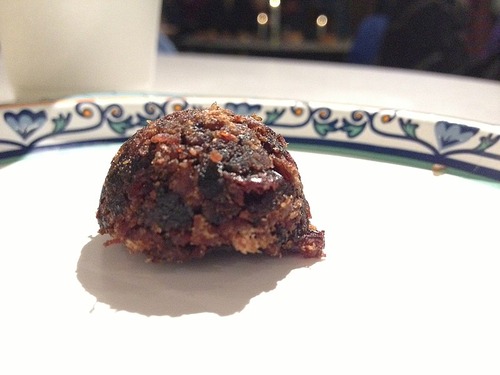
Pemmican was a high-energy food invented by Native Americans and adopted by settlers in the Old West for long journeys. It was made from dried meat, often bison or elk, mixed with rendered fat and sometimes berries. This calorie-dense mixture could last for months without spoiling, making it perfect for travelers. Families would pack pemmican for trips across the vast and unforgiving landscapes, using it as a quick source of nourishment when fresh food wasn’t available. It wasn’t gourmet, but it was a lifesaver on the trail.
10. Wild Onions
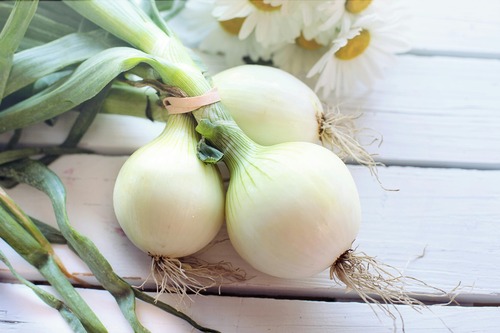
Wild onions were another plant that families in the Old West relied on for survival. These onions, often found growing in fields and along riverbanks, could be eaten raw in salads or cooked to add flavor to soups and stews. Their pungent taste made them a favorite for adding zest to otherwise bland dishes. They also had medicinal uses, often boiled to make a tea that was thought to help with digestion or colds. When stored properly, wild onions could be dried and preserved for later use.
11. Milkweed

Though we tend to think of milkweed as a toxic plant, settlers in the Old West discovered it could be eaten in certain stages of growth. The young shoots, when boiled, were surprisingly tender and could be added to soups and stews. The unopened flower buds were also edible and tasted a bit like artichokes when prepared properly. Milkweed was a valuable food source in areas where other greens were scarce, and settlers used it creatively to supplement their diet.
12. Jerky
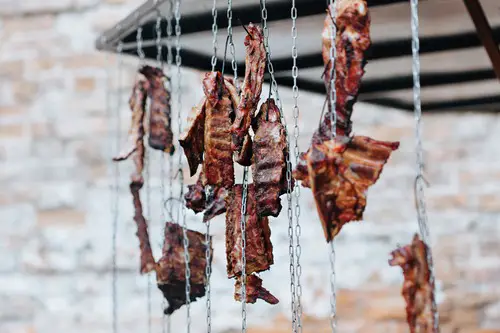
Jerky, made from dried meat like beef, bison, or even deer, was an essential survival food in the Old West. Drying meat helped preserve it for long periods, especially when refrigeration wasn’t an option. Jerky could be eaten on the go, making it perfect for travelers, and it was often the go-to food for cowboys and pioneers. The process of drying meat concentrated the flavors and gave it a chewy texture, though many people would soak it in water or soup to soften it. It was a hardy, high-protein snack that could be carried in a backpack or saddlebag for months.
13. Gopher

While not the first food you’d think of eating, gophers were a survival food for many families in the Old West. These small burrowing creatures were trapped or dug out of their holes and roasted over an open fire. The meat was lean and tough, but it was edible and provided the protein settlers needed during hard times. In fact, gopher meat was considered a form of “poor man’s food,” but for families scraping by, it was a valuable addition to the diet when other animals were scarce.
14. Turnips
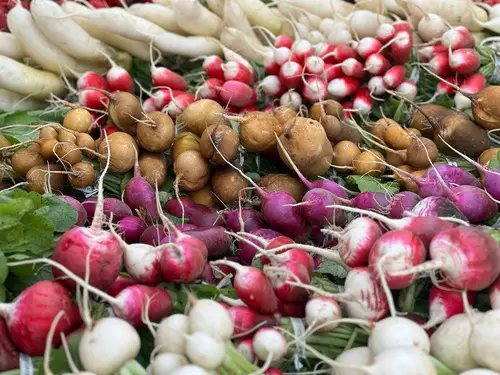
Turnips were a hardy root vegetable that could survive harsh conditions and grow in rocky, poor soil, making them a common food for settlers. They were often boiled or roasted and served as a side dish or added to stews and soups. Turnip greens were also used as a leafy vegetable, though they had a somewhat bitter taste. These vegetables were prized for their ability to provide sustenance when other crops failed, especially during the colder months when fresh produce was hard to come by.
15. Bear Meat
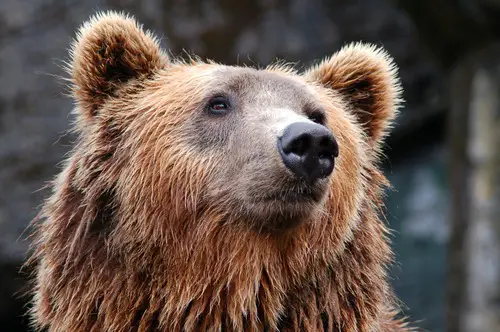
Though not as common as other meats, bear meat was sometimes a necessary food for Old West families, especially in more forested areas. The meat was high in fat, which made it a good source of energy during long winters or in colder climates. It could be roasted, stewed, or even made into sausages. However, bear meat was often tough and greasy, so it was typically cooked slowly to tenderize it. Bear fat was also used for cooking or as an ointment for wounds.
16. Grasshoppers
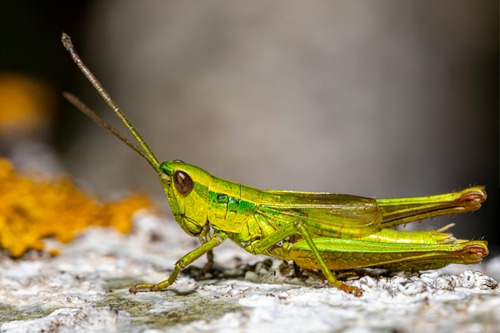
In times of famine or when food was scarce, people turned to grasshoppers as an unconventional but necessary food source. These insects were plentiful, easy to catch, and packed with protein. Grasshoppers could be fried, roasted, or ground into a powder to add to soups and stews. Although not the most appetizing option for most, they were a life-saving source of nutrition for settlers when other food sources ran out. Some families even dried them for later use, ensuring that they had a backup supply of food when the going got tough.
